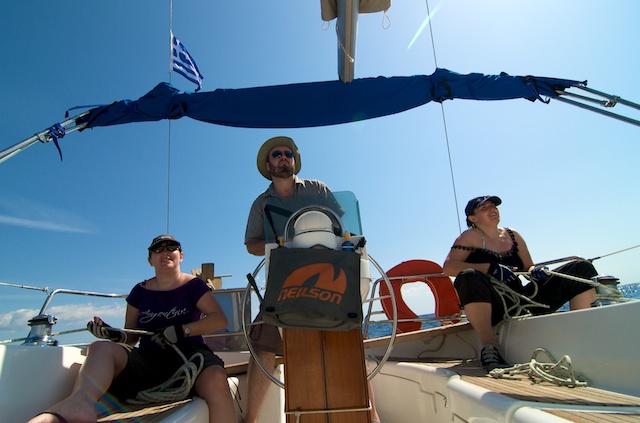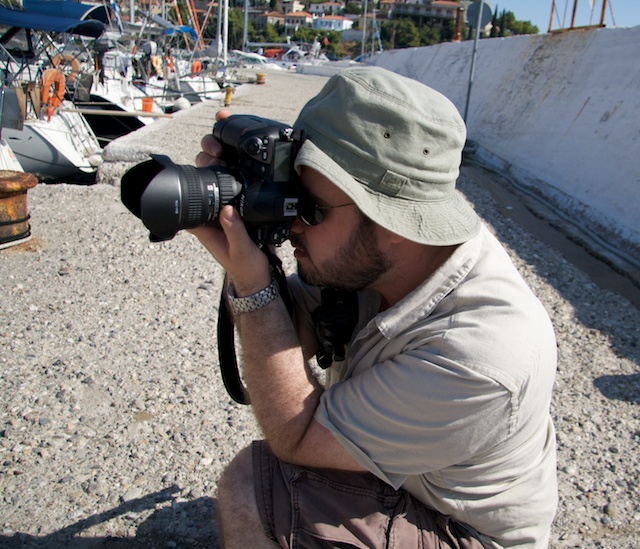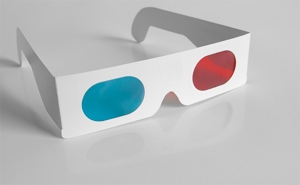Sailing with the 3 Cs
 Wednesday, September 22, 2010 at 11:08PM
Wednesday, September 22, 2010 at 11:08PM Technology has an important place in my life. Apart from the fact that I work for an Information Technology company, a lot of what I do when I’m not at work revolves around technology. Even when buying a car technology was a consideration, the car I bought had to allow me to connect my iPod or iPhone and my choice of engine was driven by my pointless knowledge of the unnecessary details of high pressure fuel systems and variable geometry turbo chargers. My TV is delivered through optic fibre, I listen to the radio via the Internet and not FM, my books are electronic and I almost always have access to the Internet in the palm of my hand.

But where I’m involved there is always a way to cram technology into the equation, and being several miles off the Greek coast in a 37 foot yacht is not a limiting factor for me, it’s a challenge! So allow me to detail the technology that I will be cramming into my carry on luggage before I set off for Athens on Saturday morning.
There is the obligatory iPhone which will be used mainly as an MP3 player, an iPad will allow me to watch a film or two on the plane, read e-books in the cafe/bar at the start and end of each day and view photos taken during the day. And it's photography that provides the reason for most of the technology I’m taking on-board.
 My trusty Nikon D200, a veteran of several previous sailing trips, has been replaced with the newer and more capable Nikon D300s. I did for the longest time contemplate taking both camera bodies with me, but as my bag had long since exceeded the carry on allowance, leaving the D200 and my rather large Nikkor 70-200mm lens at home reduced the weight by almost 3kg.
My trusty Nikon D200, a veteran of several previous sailing trips, has been replaced with the newer and more capable Nikon D300s. I did for the longest time contemplate taking both camera bodies with me, but as my bag had long since exceeded the carry on allowance, leaving the D200 and my rather large Nikkor 70-200mm lens at home reduced the weight by almost 3kg.Along with the Nikon D300s and it’s battery grip, I’m packing a total of four lenses ranging from a wide angle zoom, to a very fast mid-range zoom, a slower image stabilised ‘super-zoom’ and I even packed a f/1.8 prime lens for my attempts to take photos at night. Throw in a few extras like the GPS receiver to supply latitude and longitude data to the camera, six spare batteries, two cable releases, several card readers, over 60GB of memory cards, a Rode microphone and wind shield (for use when shooting video) and a compact Joby tripod and I’m happy that most situations can be taken care of.
Then we move onto the other side of the technology requirements, backing up those all important memory cards. In previous years I have dragged along a 15” MacBook Pro to use for backing up photographs. While this did the job, and had the benefit of allowing me to use all the photographic tools I usually use, the undeniable truth is that it was big, it weighted 3kg and I never did any editing while I was away. So I delved deep into my box of ‘stuff not thrown out as it might be useful some day’ and dug out my old Asus EeePc 701. For those who can’t recall the specifics of obscure technology product releases from 2007, this was the device that started the NetBook craze. With a small screen, slow processor and tiny storage it isn’t a speed demon, but it’s small, weighs less than 1kg and with an external hard drive it can easily cope with backing up all the photos and video I could take. Even with the iPad, the combined weight of NetBooks/Tablets was well under half what the MacBook Pro weighted and took up much less space.
The whole lot is then topped off with some battery chargers and European mains power cables to charge things while on shore. There is also an AC inverter thrown into my checked-in luggage in case we need AC power on the yacht, but the plan is not to use that unless really necessary.
And finally we come to the most crucial piece of technology that I will be bringing on board. The all important cafetiere. It became clear on the first morning of my first sailing trip to Greece that the Greeks and I have different ideas about what makes for a good cup of Coffee. In subsequent years I brought Coffee with me only to discover that a Yacht is a harsh environment for a cafetiere and that I couldn’t rely on the supplied cafetiere to still be functional, so this year I purchased a plastic cafetiere for the princely sum of £5.
No sailing trip can be complete without the 3 Cs, Camera, Computer and Coffee, and this year I think I have my packing perfected. With the space left over I may even bring some clothes.





